A Visitor from Beyond: The Interstellar Object That Crashed Our Solar System Party
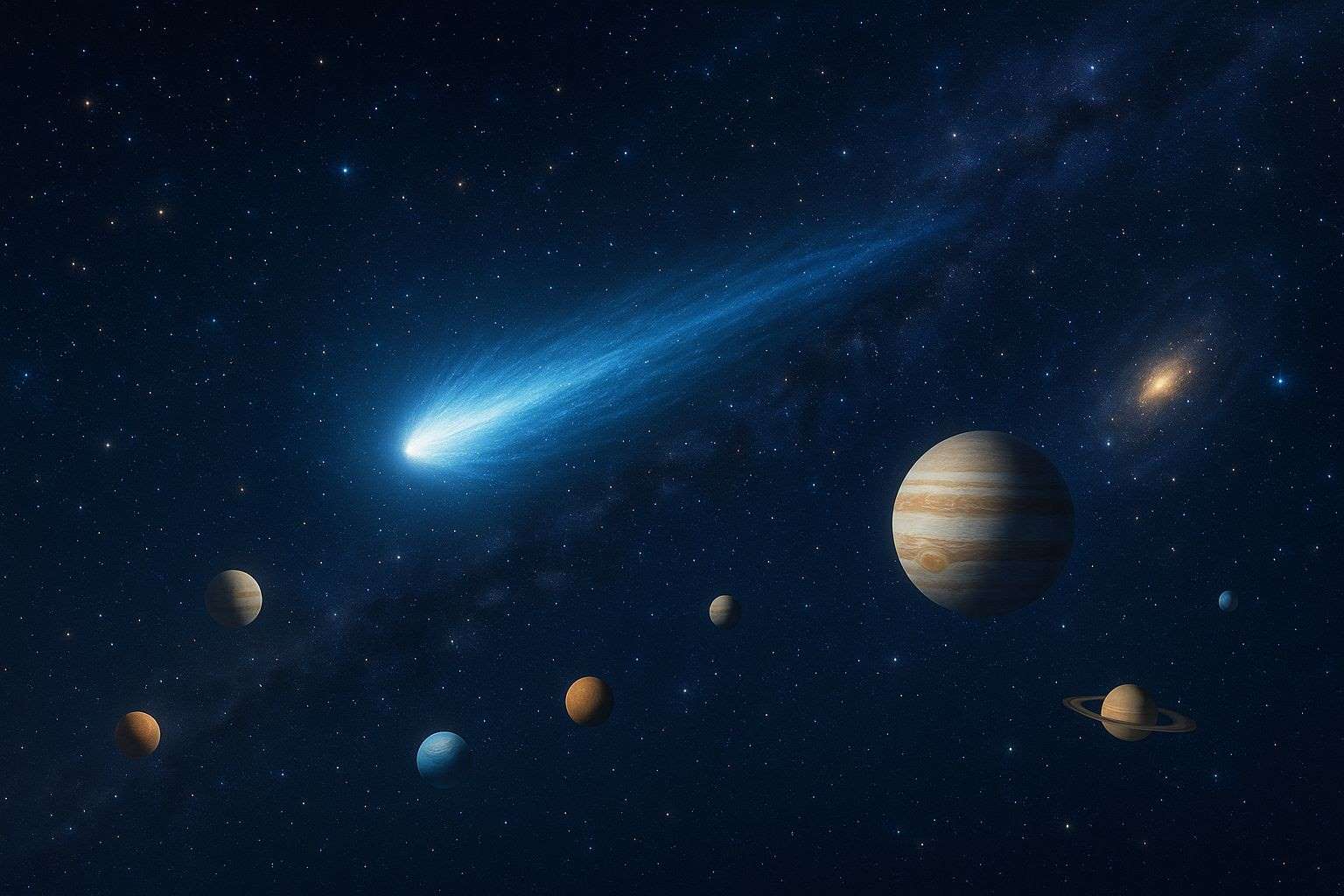
Imagine a guest arriving at a party, unannounced and from an impossibly distant land. That’s precisely what happened when a mysterious object from another star system unexpectedly entered our cosmic neighborhood. These celestial interlopers, known as interstellar objects, are incredibly rare, offering humanity an unprecedented glimpse into the vast, uncharted territories beyond our Sun’s gravitational embrace.
Their fleeting visits matter immensely. They are cosmic messengers, carrying clues about the formation and evolution of other star systems, and potentially, the very fabric of the universe itself. In this article, we’ll delve into what scientists know about these enigmatic visitors, why their presence is so significant, and what their arrival could mean for our understanding of the cosmos and our place within it.
2. What Is an Interstellar Object?
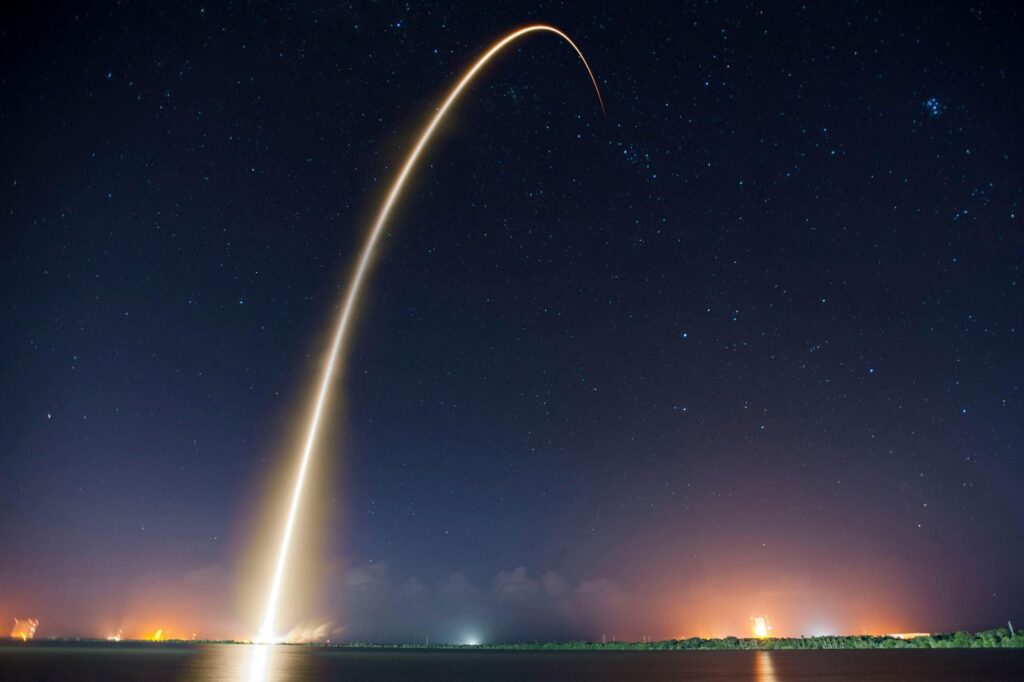
An interstellar object (ISO) is an astronomical body, such as an asteroid or comet, that originates from outside our Solar System and travels through interstellar space, unbound by the gravitational pull of any star. Unlike the familiar comets and asteroids that orbit our Sun, ISOs are transients, merely passing through our cosmic backyard on their journey across the galaxy.
The concept of ISOs was once purely theoretical, but in recent years, two remarkable discoveries have turned theory into reality. The first confirmed interstellar visitor was 1I/’Oumuamua, detected in 2017. Its name, Hawaiian for “a messenger from afar arriving first,” perfectly encapsulates its groundbreaking nature. Then, in 2019, 2I/Borisov followed, marking the second confirmed interstellar object and the first interstellar comet ever observed.
Detecting these cosmic wanderers is an immense challenge. Their high speeds and often faint appearances make them difficult to spot against the backdrop of distant stars. Astronomers rely on powerful telescopes and sophisticated data analysis to identify their unique trajectories, which distinguish them from objects gravitationally bound to our Sun. The rarity of their confirmed sightings underscores the vastness of space and the fleeting nature of these encounters.
3. The Object That Crashed the Party
While ‘Oumuamua and 2I/Borisov paved the way, a new interstellar visitor has recently captured the attention of the scientific community: 3I/ATLAS. Discovered just days ago, this comet-like object is currently making its way through our solar system, offering a fresh opportunity to study an interloper from beyond.
3I/ATLAS was first identified by astronomers using the ATLAS (Asteroid Terrestrial-impact Last Alert System) telescope. Its trajectory and incredible speed immediately indicated its interstellar origin, confirming it as only the third such object ever observed . Arriving from the direction of the constellation Sagittarius, 3I/ATLAS is a testament to the dynamic nature of our galaxy, carrying with it the potential to reveal secrets from a distant stellar nursery.
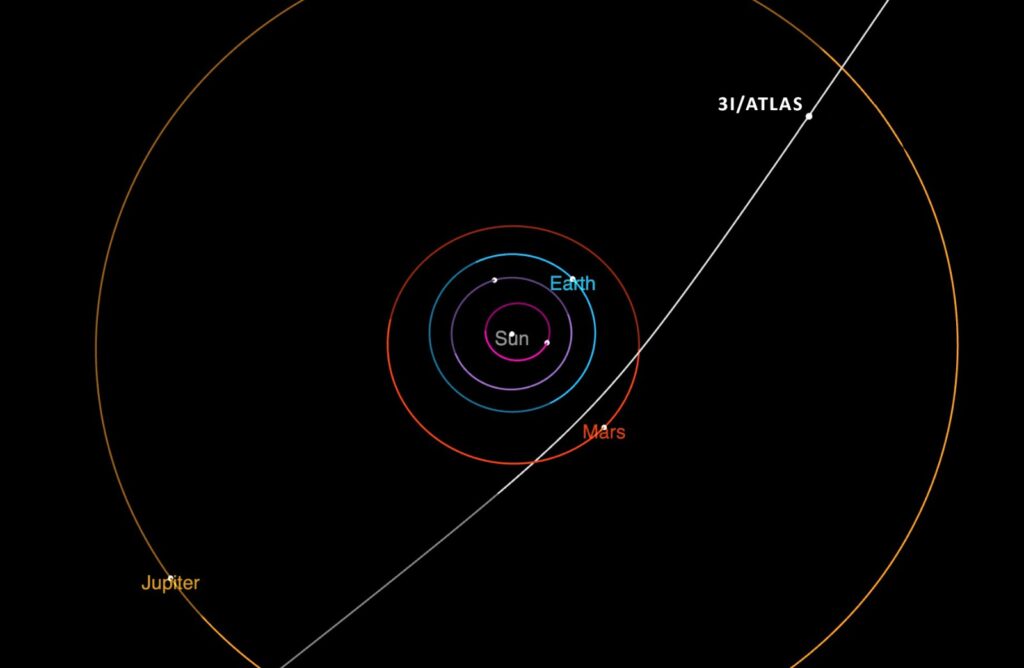
What makes 3I/ATLAS stand out? Initial observations suggest it is a comet, exhibiting a fuzzy coma characteristic of icy bodies releasing gas and dust as they approach the Sun. This contrasts with ‘Oumuamua, which appeared more rocky and cigar-shaped, and lacked a discernible coma . The presence of a coma in 3I/ATLAS provides valuable data for astronomers, allowing them to analyze its composition and compare it to comets formed within our own solar system. Its rapid transit and unique trajectory are key indicators of its extra-solar provenance, distinguishing it from the countless objects that call our solar system home.
4. What Scientists Are Saying
The arrival of 3I/ATLAS has ignited a flurry of activity and discussion among astronomers worldwide. Scientists are working diligently to analyze its characteristics and glean insights into its origins. The primary theories revolve around whether it is a rogue comet or asteroid, similar to those found in our own solar system but ejected from another star system, or if it possesses more exotic properties.
For objects like ‘Oumuamua, theories ranged from being a fragment of a tidally disrupted planet to a hydrogen iceberg. The non-gravitational acceleration observed in ‘Oumuamua led to various hypotheses, including outgassing of molecular hydrogen or even more speculative ideas. With 3I/ATLAS, its cometary nature simplifies some aspects of its interpretation, as the outgassing of ice is a known phenomenon.
Astronomers from institutions like NASA and various universities are utilizing a suite of powerful tools to observe and analyze 3I/ATLAS. Ground-based telescopes, such as the ATLAS system that discovered it, are crucial for tracking its path and initial characterization. Space-based observatories may also be brought to bear, providing more detailed spectroscopic data to determine its chemical composition.
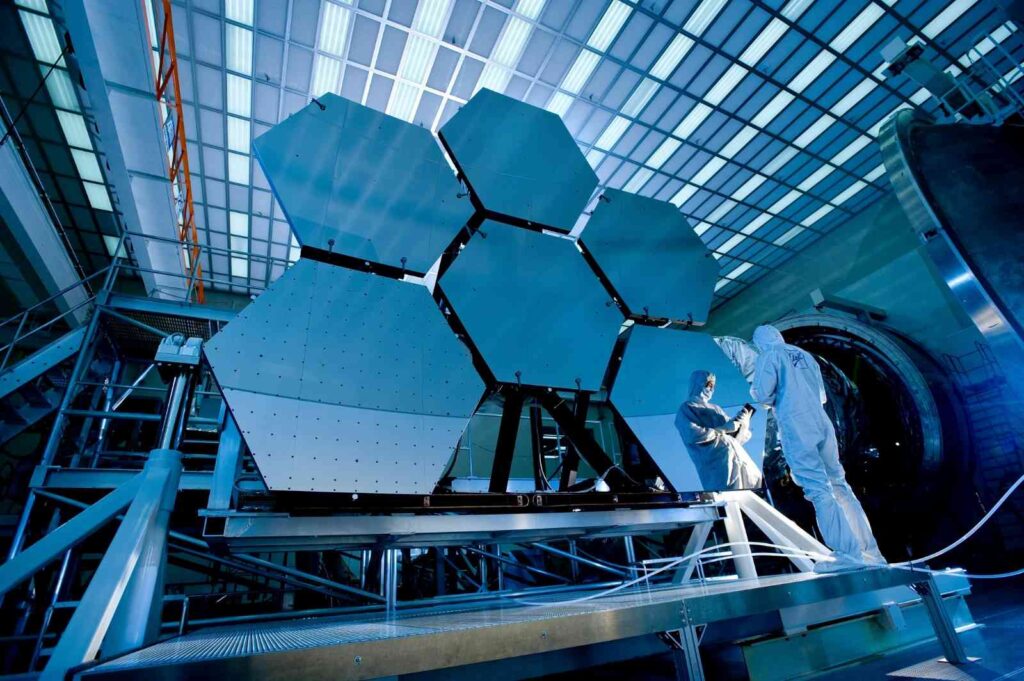
Data models are being refined to predict its trajectory and understand the forces acting upon it, allowing scientists to piece together its cosmic journey and potential birthplace. The scientific community is abuzz with the opportunity to study a pristine object that has likely spent eons traveling through the cold vacuum of interstellar space, untouched by the processes within our own solar system.
5. Could It Be Alien Technology?
The arrival of any object from beyond our solar system inevitably sparks a fascinating, albeit controversial, question: could it be alien technology? This speculation gained significant traction with ‘Oumuamua, largely due to its unusual elongated shape and its inexplicable non-gravitational acceleration, which some theorized could be explained by a form of propulsion.
One prominent voice in this discussion is Harvard Professor Avi Loeb, who has extensively explored the possibility that ‘Oumuamua could be an artifact of extraterrestrial technology. While his hypotheses are rooted in scientific inquiry, they often push the boundaries of conventional astronomical thought, leading to lively debates within the scientific community. Loeb and others argue that given the vastness of the universe and the potential for countless civilizations, dismissing such possibilities outright would be unscientific.
However, the scientific consensus largely leans towards natural explanations. For ‘Oumuamua, more conventional theories, such as outgassing of hydrogen ice or fragmentation from a larger body, have been proposed to explain its anomalous behavior . With 3I/ATLAS, its cometary nature makes the alien technology hypothesis less compelling, as its observed characteristics align well with known astrophysical phenomena.

While the idea of an alien probe is certainly captivating and fuels the imagination, the scientific method demands rigorous evidence and repeatable observations. Scientists continue to prioritize natural explanations, even as they remain open to extraordinary possibilities should the data unequivocally point in that direction. The balance between scientific rigor and imaginative exploration is crucial in the pursuit of understanding these enigmatic visitors.
6. What This Means for the Future
The discovery and study of interstellar objects like ‘Oumuamua, 2I/Borisov, and now 3I/ATLAS are profoundly changing what we know about interstellar travel and the cosmic objects that populate our galaxy. These objects serve as tangible proof that material from other star systems routinely traverses the vast distances of space and enters our own solar neighborhood. This realization has significant implications for our understanding of planetary formation, the distribution of elements across the galaxy, and even the potential for panspermia – the theory that life could be spread from one star system to another.
Scientists plan to intensify their efforts in several key areas. Continued monitoring of 3I/ATLAS is paramount, as its trajectory and behavior will provide invaluable data. This includes using advanced telescopes to conduct spectroscopic analysis, which can reveal the chemical composition of the object and offer clues about the environment of its birth star system. Beyond observation, there is growing discussion about the feasibility of future missions to intercept and study interstellar objects up close. Such missions, while technologically challenging, could provide unprecedented insights into the nature of these cosmic wanderers.
The increasing frequency of interstellar object detections (from zero to three in less than a decade) also highlights the growing importance of space awareness and monitoring. Developing more sensitive telescopes and advanced detection algorithms will be crucial for identifying these fast-moving, often faint objects. This enhanced capability not only serves scientific curiosity but also contributes to planetary defense efforts, as understanding the trajectories of such objects is vital for assessing any potential impact risks. The future of astronomy will undoubtedly involve a deeper exploration of these interstellar visitors, pushing the boundaries of our knowledge and inspiring new generations of scientists to look beyond our immediate cosmic home.
7.The Cosmic Perspective
The arrival of interstellar objects in our solar system is a cosmic event of profound significance. These fleeting visitors, whether the enigmatic ‘Oumuamua, the pristine 2I/Borisov, or the newly discovered 3I/ATLAS, serve as tangible links to the distant reaches of our galaxy. They challenge our assumptions, expand our understanding of celestial mechanics, and offer unique opportunities to study matter from other star systems firsthand.
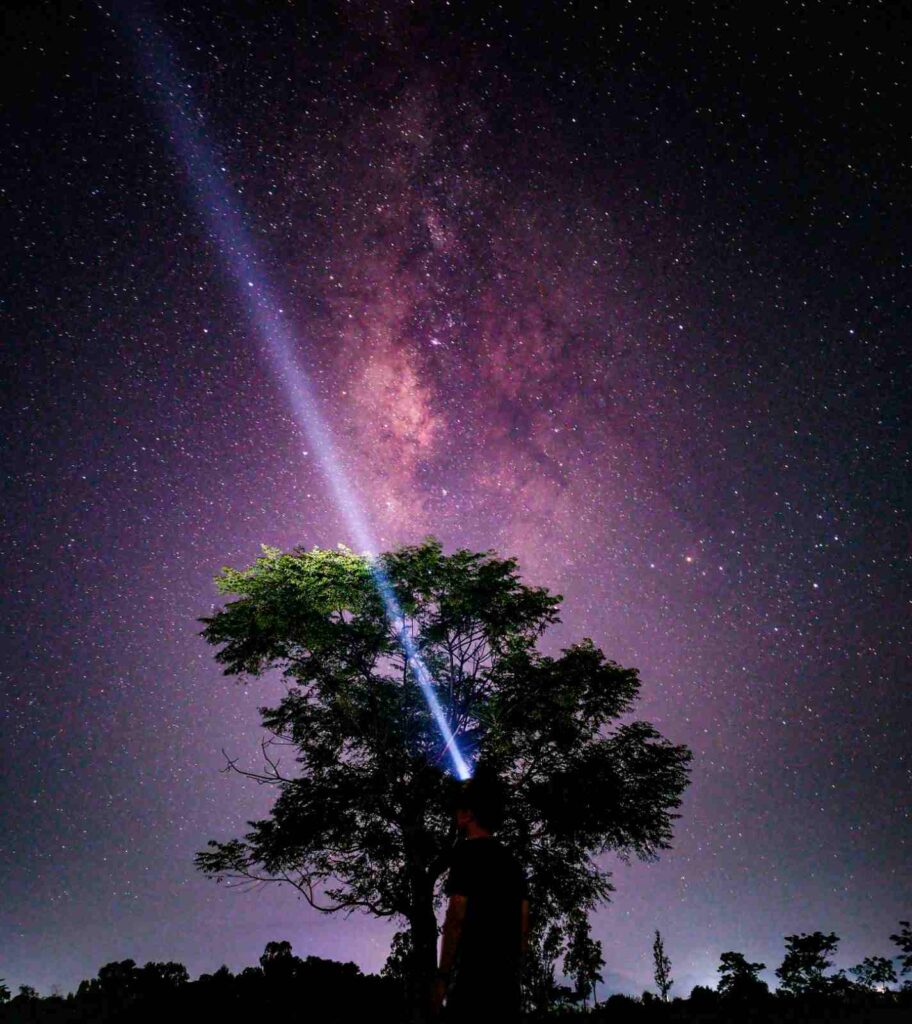
Each interstellar interloper that crashes our solar system party brings with it a wealth of scientific data and fuels our collective imagination. As our observational capabilities continue to advance, it is likely that we will detect more of these cosmic wanderers, each with its own story to tell about the universe beyond our immediate neighborhood. What else could be out there, waiting to crash our solar system party? The answer, undoubtedly, lies in the continued exploration and study of these extraordinary visitors.



